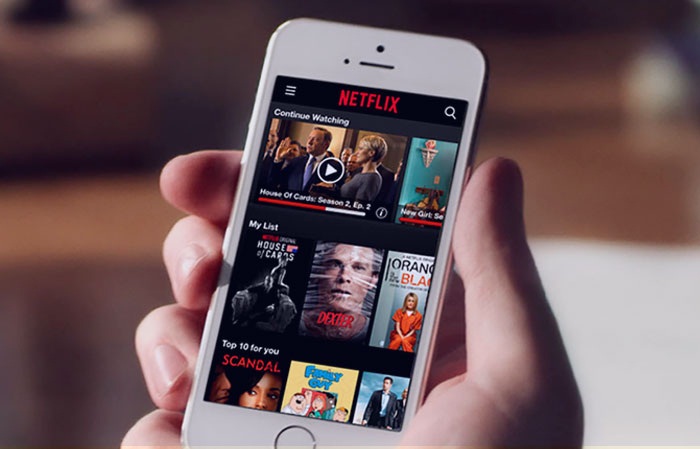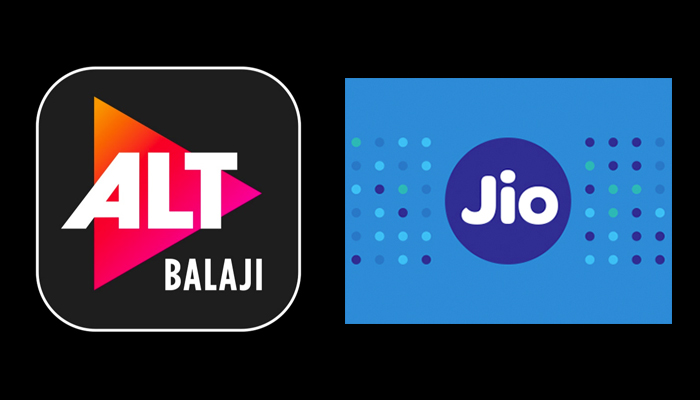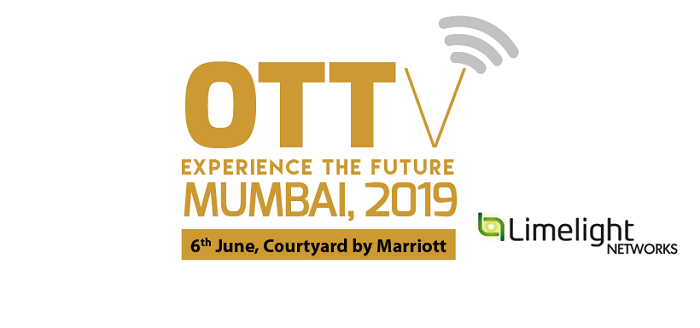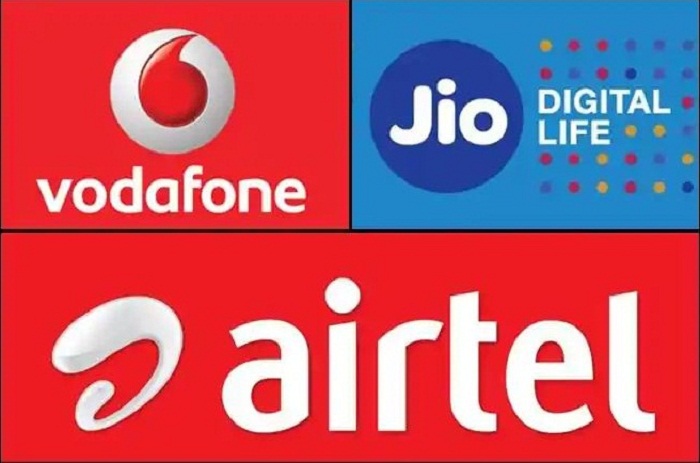2018 saw the OTT industry reach its pinnacle in the country. With the data revolution initiated by Reliance owned telco, Jio, in early 2016, and extensive sloshing down of the data rates, OTT has become mainstream now.
While the game has upped due to varied content and plethora of original content, distribution remains very crucial for every OTT player in this country; as that’s what makes them reach the masses, be watched, heard, and talked about.

With the rise of OTT content providers, telecom operators have got yet another opportunity to increase their revenues. Telcos themselves had to offer quality content to attract their increasingly video-obsessed customers.
Partnering with Telcos as a key distribution partner is because of their humongous reach with roughly 500 million internet users in the country. The number that is highly likely to grow multi-fold in the next few years and this additional user base is a big opportunity for both OTT players and Telcos to tap that pulse.
All of it started with Reliance Industries picking up a 25 per cent stake in Balaji Telefilms in late 2017, putting in place a content-sharing deal between Reliance Jio and ALTBalaji in early 2018. The partnership required ALTBalaji to make its original shows available on Jio Cinema and Jio TV, thus enabling free access of its content for Jio’s entire user base (160 million then, 280 million at present).

Indian OTT market has about 25 players. Telcos are offering different models in order to cater to the different needs for varied audience. Some offer regional content, some prefer devotional content, Live TV services and more. For instance, Reliance Jio TV has over 550 live TV channels, helping them increase their 4G subscriber base. Airtel TV app offers 300 LIVE TV channels, including 29 HD channels offering 6000 plus movies and regional shows.
In the recent OTTv Mumbai 2019 summit, GoQuest Media director Vivek Lath asserted, “The Telcos have given a very interesting model. Some look for ADs, some look for pay wall. So there are various models coming up for various needs.” Almost 82 per cent of revenue on OTT come from advertising and Telcos are the best platform for that.

ZEE5 India Business Development and Commercial head Manpreet Bumrah added on the similar line, “Gone are those days when people used to consume content only in the evening. Now, they’re consuming content while travelling, or during a snack break, tea break. Now the entire thing has given us a possibility to actually create lot many business engagements. Telcos and mobile phones are great enablers into this thing. Telcos do provide the widest reach. So, we’re offering overall subscription models – be it AVOD or SVOD to Telco audience. People are actually valuing content. And if there’s quality content, they’re paying for it.”
Shemaroo chief operating officer-digital Zubin Dubash, on the other hand focuses on three ‘C’s in mind, for smartly syndicating various content to different Telcos. They’re – Content, Customer Acquisition and Cost/Content Producers. According to him, “Smart syndication is where the audience knows the source of content. For an example – Shemaroo Me on Vodafone Play.”

Vodafone started driving its RED postpaid users with two months’ worth of free Netflix subscription and a year’s worth of Amazon Prime subscription for specific recharge amounts. The Vodafone Play app also houses content from Eros Now, ALTBalaji and HOOQ.
Airtel too collaborated with Amazon to offer one year’s Amazon Prime membership to all Airtel Infinity Postpaid users and rolled out a Netflix service for a limited period of three months to users with specific postpaid plans. It also signed a strategic partnership with Hotstar to give subscribers access to over 100,000 hours of Hotstar content across live sports, movies and television shows in nine languages on the Airtel TV app. Airtel also provide regional content, of Hoichoi TV.
With the demand of digital content reaching its peak, online video content is thriving and the current gold rush on the Indian market is expected to grow exponentially, as India is predicted to house 640 million internet users and 700 million smartphone users by 2020.
What can be a better news for the telcos and OTT platforms?
